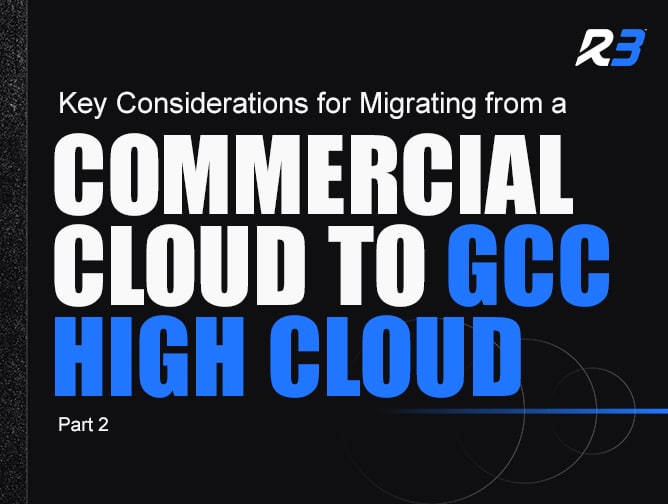In today’s fast-paced business world, organizations must continuously seek innovative ways to optimize their operations while minimizing costs. The cloud has emerged as a pivotal technology in achieving this goal, offering scalability, flexibility, and cost-efficiency. However, transitioning to the cloud can be expensive if not approached strategically. This is where Azure Hybrid Benefit comes into play, standing out as a game-changer for organizations looking to capitalize on their existing investments while embracing the cloud.
Maximizing Existing Investments
For organizations with pre-existing on-premises licenses for Windows Server and SQL Server, the transition to Azure can now be more cost-effective than ever. Azure Hybrid Benefit is a licensing program designed to allow businesses to leverage their current investments towards their cloud migration efforts. By enabling the use of existing licenses in Azure, organizations can significantly reduce the costs associated with moving to a cloud environment. This strategic approach not only accelerates the migration process but also ensures that organizations can maintain a flexible hybrid environment without incurring unnecessary expenses.
Understanding the Savings
The financial implications of utilizing Azure Hybrid Benefit are substantial. For instance, organizations can save up to 55% on the cost of Windows Server deployments in Azure by taking advantage of Azure Hybrid Benefit alongside Azure Reserved Instances, a pricing plan that offers discounts for termed commitments. When it comes to Azure SQL database migrations, similar savings can be achieved, making the proposition even more attractive. Moreover, for organizations running virtual machines in Azure, the potential savings could reach up to 85%, presenting an opportunity to significantly reduce operational costs.
Furthermore, Azure Hybrid Benefit extends its advantages beyond just Windows Server and SQL Server. It also encompasses savings for Red Hat and SUSE Linux subscriptions, broadening the scope of cost optimization across different platforms. This inclusivity ensures that organizations can enjoy reduced costs regardless of their technology stack, making Azure an even more compelling choice as a cloud platform.

Download Azure Cost Management Guide
Download the complete guide to Azure Cost Optimizations and learn about tips, tricks, and tools that will help you monitor, manage, and save money in the cloud.
Leveraging the Benefit
To maximize these cost savings, organizations should start by conducting an assessment of their current license entitlements. Through understanding what can be leveraged through Azure Hybrid Benefit, organizations can make informed decisions about their migration strategy, and utilizing tools such as the Azure Hybrid Benefit Savings Calculator can provide valuable insights into the potential cost savings, enabling organizations to plan their cloud journey with confidence.
Conclusion
The Azure Hybrid Benefit represents a powerful tool for organizations looking to migrate to the cloud while optimizing their IT spending. By utilizing existing on-premises licenses for Windows Server and SQL Server workloads in Azure, it offers a pathway to significant cost savings. As organizations continue to navigate the complexities of digital transformation, leveraging strategies like Azure Hybrid Benefit will be crucial in maximizing their investments and achieving a competitive edge in the marketplace.







